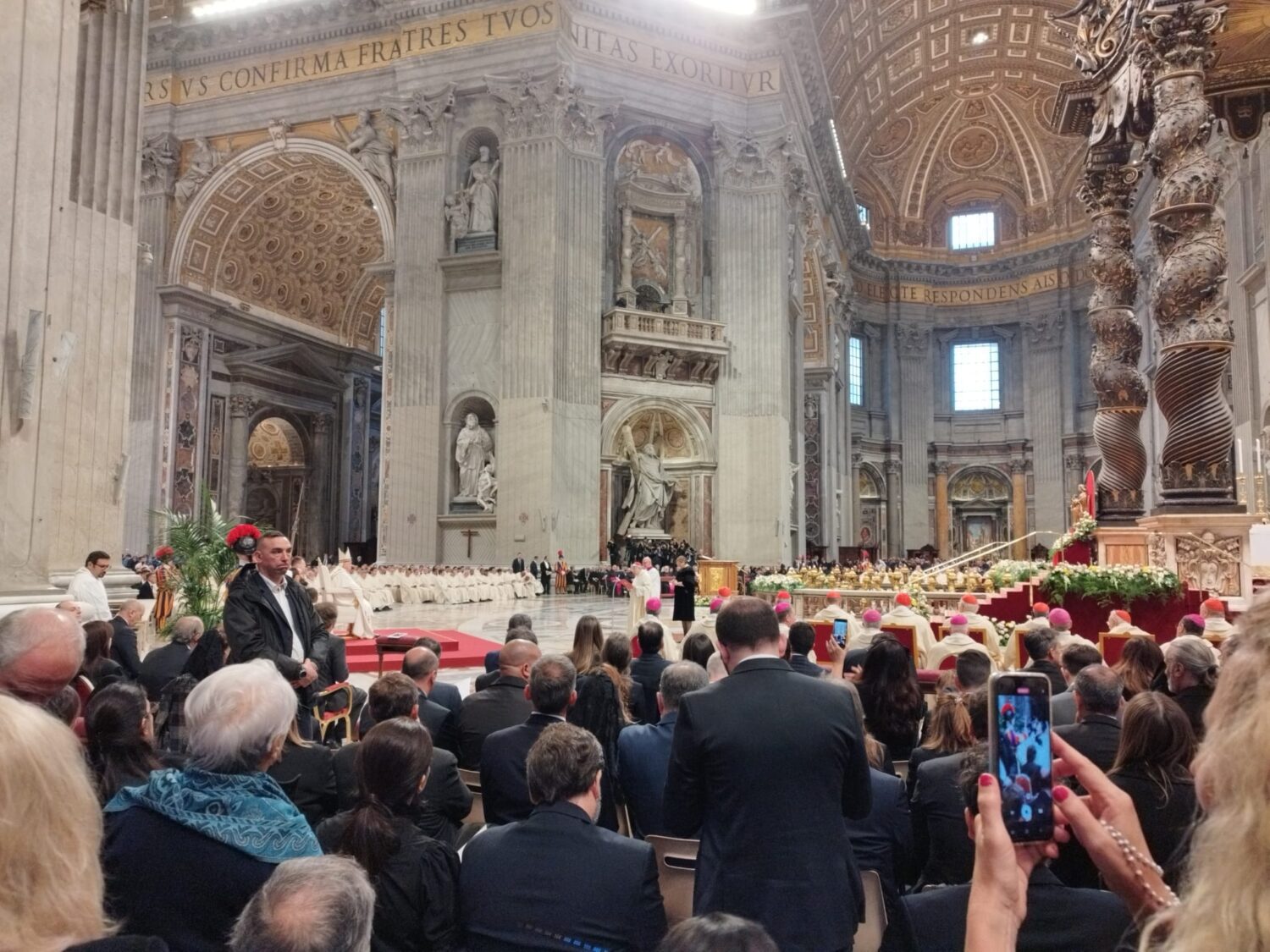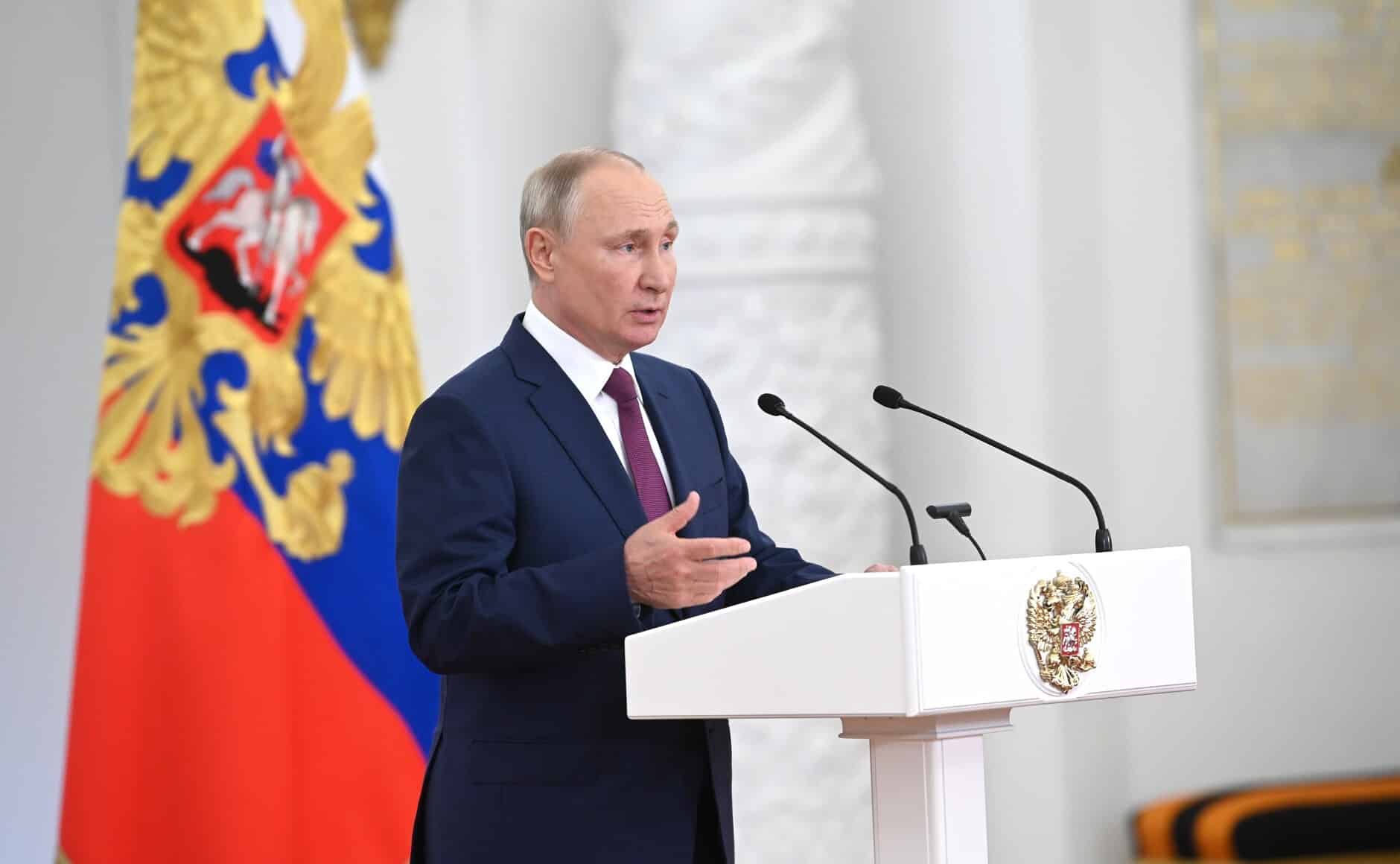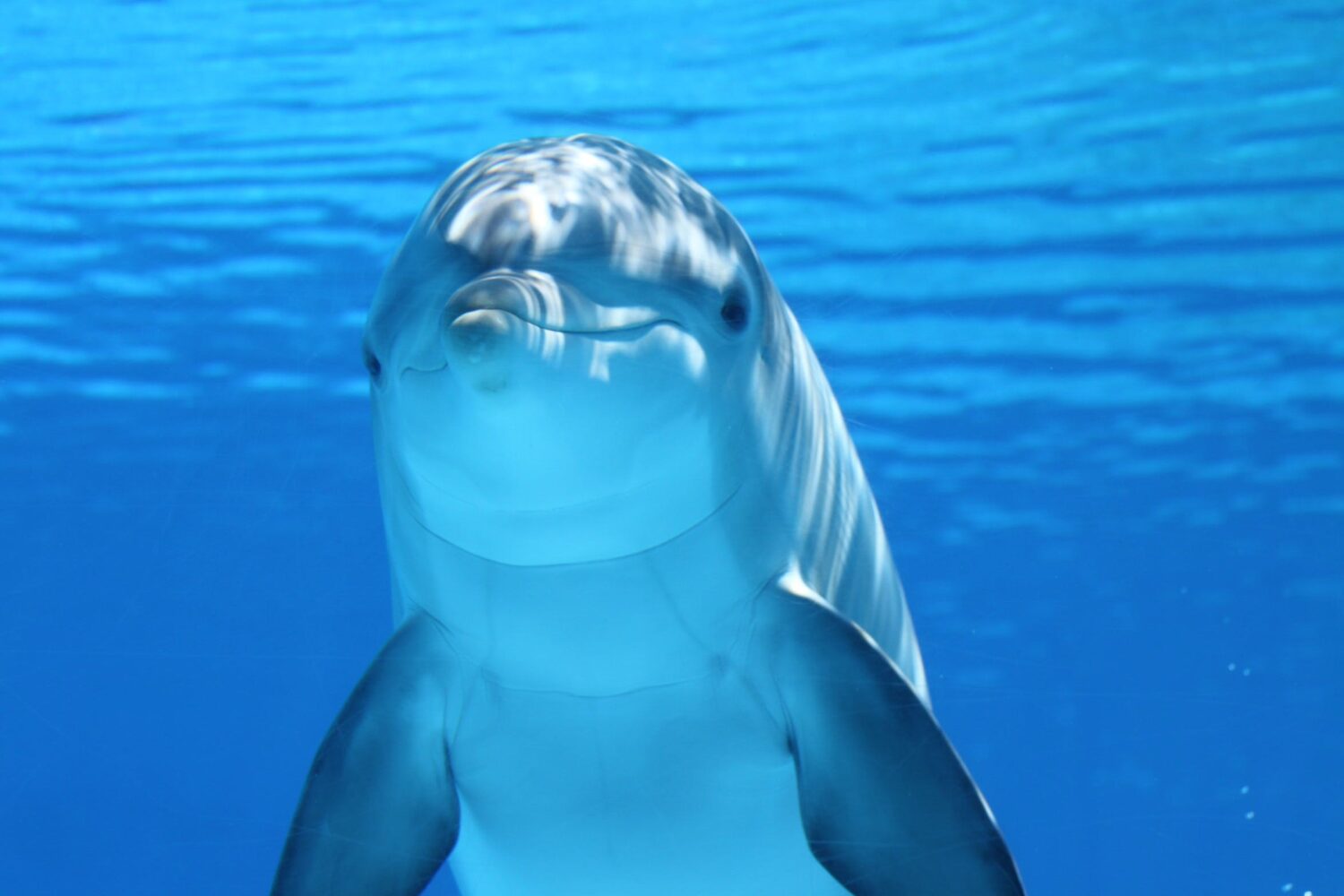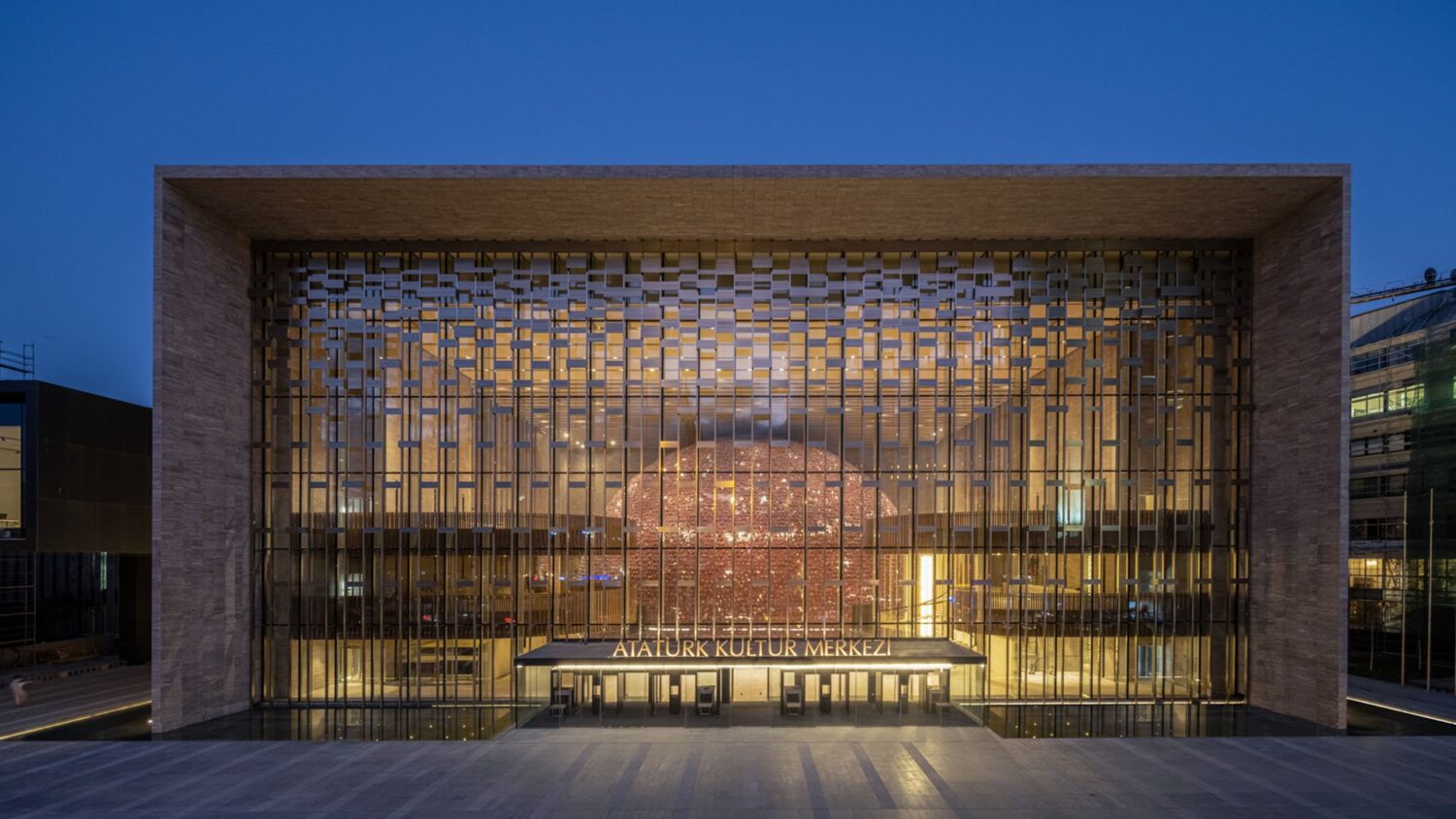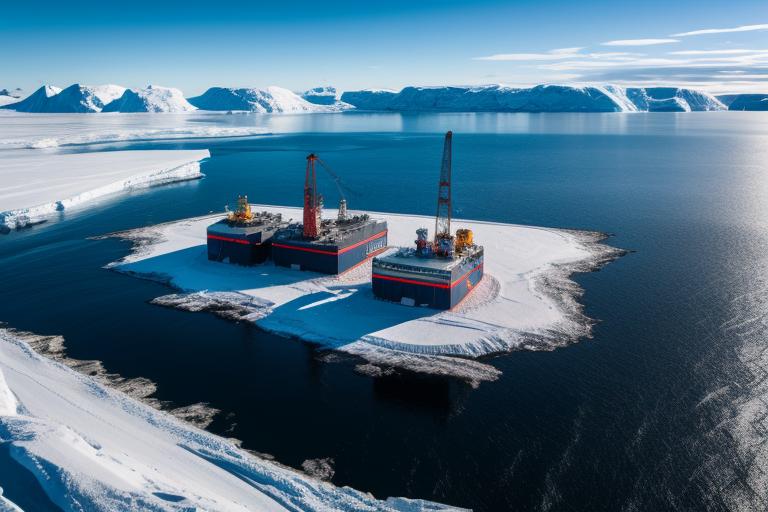Web development stands as a cornerstone in today’s digital era. Its importance escalates as the world increasingly interacts online. This blog dives into the intricacies of modern web development, unfolding its evolution, technologies, frameworks, and challenges.
Understanding these aspects is crucial for anyone involved in the digital space, whether as a developer, business owner, or curious learner.
The Evolution of Web Development
Web development began with simple, static HTML pages. Initially, these pages, including those in web development London, served basic information, lacking interactivity or dynamic content. Over time, the demand for more engaging and interactive websites led to significant advancements. Technologies like CSS and JavaScript emerged, transforming the web into a dynamic, interactive platform. This shift marked a new era, where websites became more than information hubs; they turned into engaging, dynamic experiences. This evolution reflects the global nature of web development, transcending regional boundaries and leading to universally accepted standards and practices in the digital world.
Key Technologies in Modern Web Development
Essential technologies in web development include HTML, CSS, JavaScript, and responsive design. HTML structures the web content, while CSS adds styling, creating visually appealing layouts. JavaScript introduces interactivity, allowing for dynamic content manipulation. Responsive design ensures websites adapt seamlessly to different screen sizes, essential in a mobile-dominated world. Mastery of these technologies is fundamental for creating effective and engaging web applications.
Front-End vs. Back-End Development
In web development, front-end and back-end are two key areas. Front-end development focuses on what users interact with; it involves HTML, CSS, and JavaScript to create the visual interface. Back-end development, on the other hand, deals with the server-side, involving databases and server logic. It ensures that the data needed by the front-end is delivered correctly. Both areas work in tandem to create functional, user-friendly websites.
Responsive Web Design
Responsive web design is crucial in today’s multi-device world. It ensures websites adapt to various screen sizes, offering an optimal experience. This design method employs flexible layouts, images, and CSS media queries. As smartphones and tablets become ubiquitous, responsive design has shifted from a luxury to a necessity. It’s central to engaging a broader audience and enhancing user experience. In a digital age where user engagement hinges on accessibility, responsive design plays a key role in ensuring content is universally readable and aesthetically pleasing, regardless of the device used.
Web Development Frameworks
Frameworks like React, Angular, or Vue.js are crucial in modern web development. They provide standard, pre-written code, enabling developers to build applications more efficiently. These frameworks offer a structured way to create dynamic web pages and simplify tasks like DOM manipulation. By using them, developers enhance productivity, ensure code consistency, and reduce development time. They also bring in benefits like component reuse, state management, and easier integration with other technologies. Frameworks are more than tools; they are ecosystems that support scalable, maintainable, and high-quality web application development.
Web Development Tools
Effective web development relies on the right tools. Text editors like Visual Studio Code and Sublime Text enhance coding, while version control systems like Git manage code changes. Browser developer tools are crucial for debugging and optimizing web applications. These tools collectively streamline development, enabling efficient building, testing, and deploying. They also foster collaboration among teams, improve code quality, and facilitate continuous integration and delivery. In the rapidly evolving web development landscape, leveraging these tools is key to staying competitive and delivering robust, user-centric web solutions.
Challenges in Modern Web Development
Web developers today face various challenges. Browser compatibility remains a significant issue, as developers must ensure their websites function across different browsers. Security is another major concern, with the need to protect data from increasing cyber threats. Performance optimization is also crucial, as users expect fast-loading, responsive websites. Addressing these challenges is key to successful web development in the modern digital landscape.
Conclusion and Future Trends
Web development is an ever-evolving field. This blog has covered key aspects like technologies, frameworks, and challenges. Staying updated with the latest trends and advancements is vital for developers. As we move forward, we can expect continued innovation, with new tools and technologies emerging to meet the ever-growing demands of the digital world.





